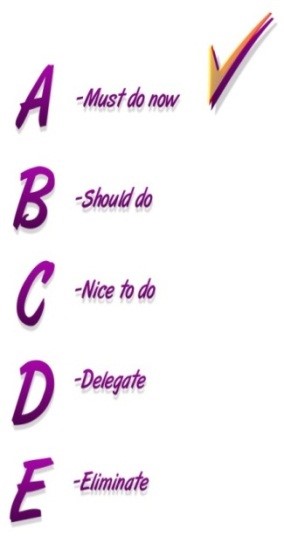Methods you can use to implement a working hybrid work model
Using a hybrid work model is a leadership strategy that has proven to be very efficient in the past few years. The reason is simple, employees like flexibility and having options is definitely going to make them happy. That’s why many recruiting professionals and managers are highlighting the hybrid work model as an option for potential hires that are interested in it. But how can you make the hybrid model work? Here are some ideas!
Start bringing the in-office and remote teams together
Every CEO that wants the hybrid work model to work should try this. The idea is to have virtual happy hours which help bring all employees together online. You can also have team calls with everyone where they get to know each other. All these ideas that bring the entire team together help immensely, and they will show the true value of this hybrid work model.
Encourage remote work for everyone
It’s a good idea because sometimes you will have in-office people that do want to work remotely. So, having the opportunity to work remotely as needed is helpful. It also makes it easier for those in-office employees to get a sample of how their remote colleagues are working. Which means it’s the best of both worlds.
Methods you can use to implement a working hybrid work model
Using a hybrid work model is a leadership strategy that has proven to be very efficient in the past few years. The reason is simple, employees like flexibility and having options is definitely going to make them happy. That’s why many recruiting professionals and managers are highlighting the hybrid work model as an option for potential hires that are interested in it. But how can you make the hybrid model work? Here are some ideas!Start bringing the in-office and remote teams together
Every CEO that wants the hybrid work model to work should try this. The idea is to have virtual happy hours which help bring all employees together online. You can also have team calls with everyone where they get to know each other. All these ideas that bring the entire team together help immensely, and they will show the true value of this hybrid work model.
Encourage remote work for everyone
It’s a good idea because sometimes you will have in-office people that do want to work remotely. So, having the opportunity to work remotely as needed is helpful. It also makes it easier for those in-office employees to get a sample of how their remote colleagues are working. Which means it’s the best of both worlds.
We would love to hear your comments. Please contact us today!
Gary Brunson
gary@myclearfocus.com
Debra Rider
debra@myclearfocus.com
574.361.2674
Sustainable Growth & Profit Consultant, Coach, Mentor and Counselor/Therapist for Business Owners and Professionals.
All articles, quotes, and material in this newsletter are copyrighted by our associate Gary Sorrell, Sorrell Associates, LLC ©. No part can be reproduced in any form without specific written consent. All rights reserved worldwide. Thank you!











